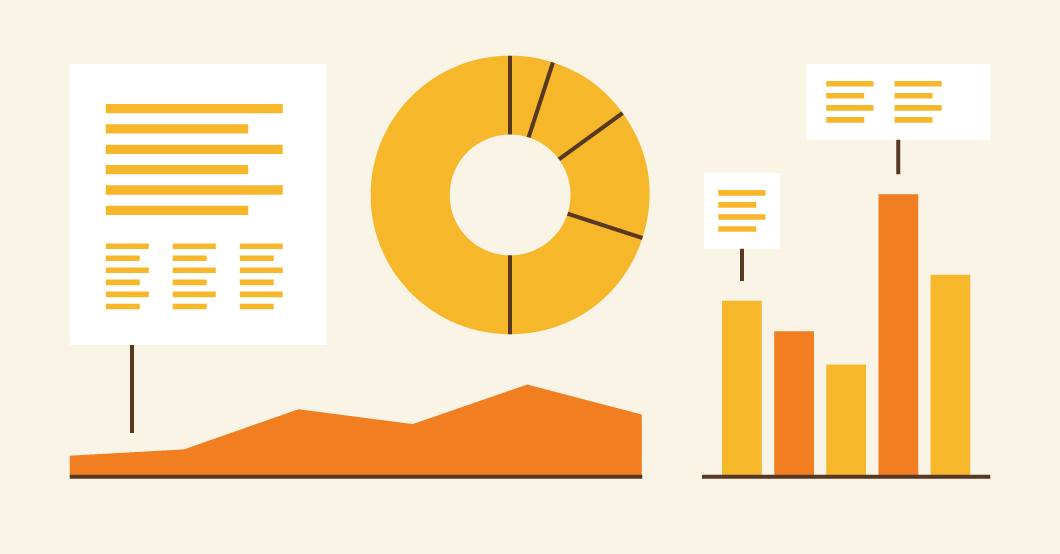ISO-NE develops information resource on distributed generation interconnection for state officials, developers, and other stakeholders

The New England states are promoting the development of distributed generation (DG) through a variety of policy initiatives, including feed-in tariffs, net energy metering, Renewable Portfolio Standard (RPS) requirements, and other renewable energy credit (REC) programs. DG is electricity provided by relatively small installations that are directly connected to retail distribution or customer facilities—not the high-voltage transmission system. An example would be a photovoltaic (PV) system (i.e., solar panels) installed on-site by a homeowner or business. These installations are not directly visible to or controllable by ISO New England system operators, but they do reduce the overall system load observed by the ISO.
Most of the DG being installed in New England is interconnecting to the lower-voltage distribution (not the bulk power grid) system through state interconnection processes, which are administered by the states’ electric distribution companies. In these cases, the DG developer is an interconnection customer of the electric distribution company, not the ISO. For more information on how ISO New England administers the interconnection process for resources interconnecting to New England’s high-voltage transmission system, see the ISO’s recently launched, web-based Interconnection Process Guide.
A DG resource may require review by ISO-NE
Regardless of whether a DG resource interconnects through the ISO or state interconnection process, the project may require review by ISO New England pursuant to Section I.3.9 of the ISO New England Inc. Transmission, Markets, and Services Tariff to ensure the proposed system change does not have a significant adverse impact on the regional power system. ISO New England, as the Regional Transmission Organization (RTO) for New England, is responsible for reviewing and approving proposed system changes because these changes may impact the stability, reliability, or operating characteristics of New England’s bulk power system. The ISO carries out this responsibility through the Section I.3.9 Proposed Plan Application (PPA) process, which requires the interconnecting utility (i.e., Transmission Owner) to notify the ISO of the proposed resource and, depending on its size or cumulative impact, conduct a study to ensure the interconnection does not result in a significant adverse impact on the regional power system. (Note: The ISO’s Section I.3.9 and accompanying study process does not apply to projects less than or equal to 1 MW.)
New handout helps clarify ISO-NE’s role in the interconnection review process
Due to the growing number of DG interconnection requests and high solar PV saturation levels on portions of the distribution system, the ISO’s Section I.3.9 process is being triggered more often than it was in the past. Several of the New England states have initiated proceedings related to their state DG interconnection processes to see if improvements can be made to account for the changing landscape and enhance communications between the interconnecting utility and developers when transmission-level studies are needed for DG interconnections. ISO New England has served as a technical resource in these proceedings to explain the Section I.3.9 requirements and clarify the ISO’s role in the interconnection review process. The ISO has also developed an informational handout on DG interconnection for state officials, developers, and other stakeholders as they consider changes to their state interconnection processes.
- Categories
- Industry News & Developments, Inside ISO New England
- Tags
- distributed energy resources, solar



